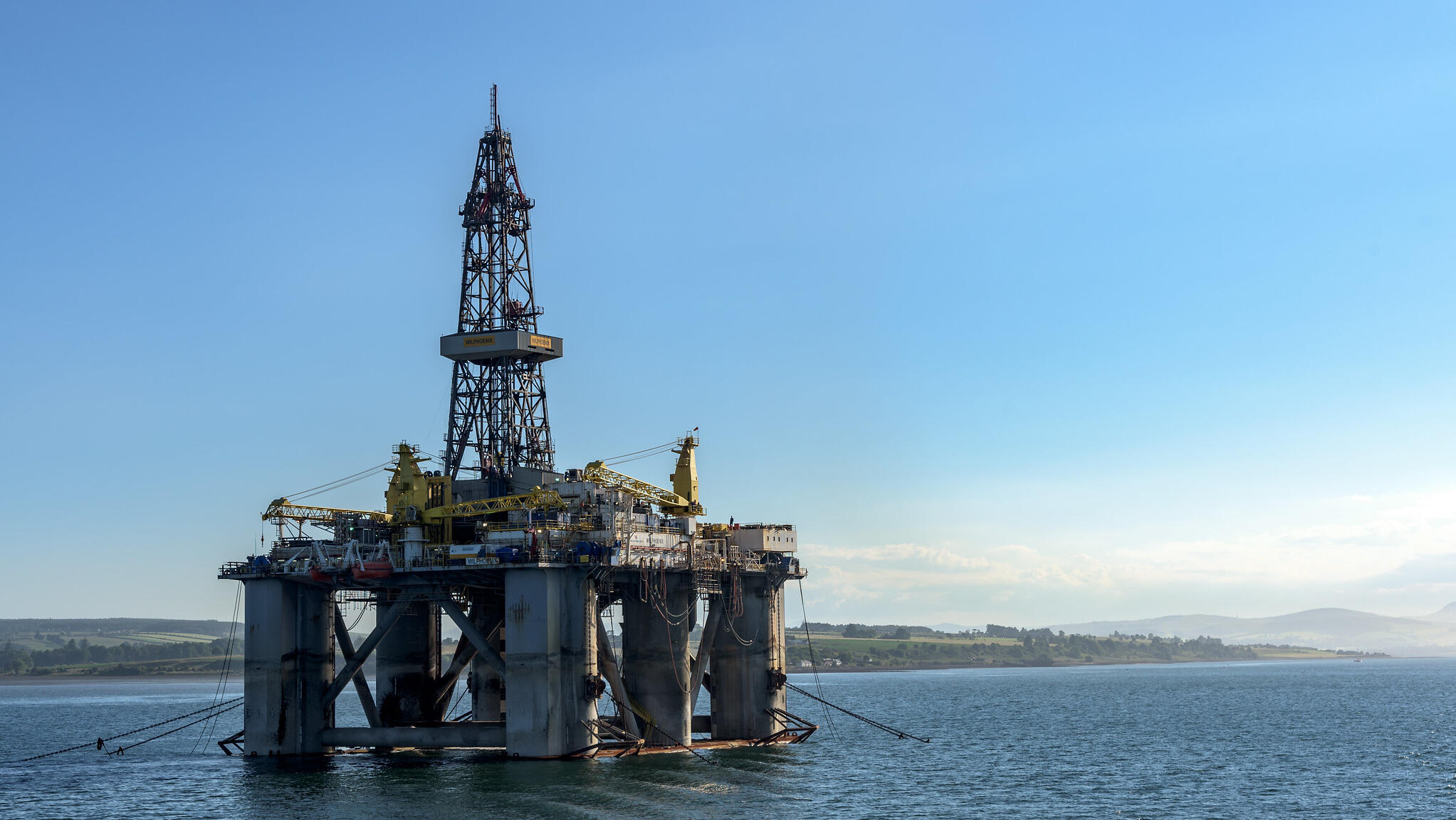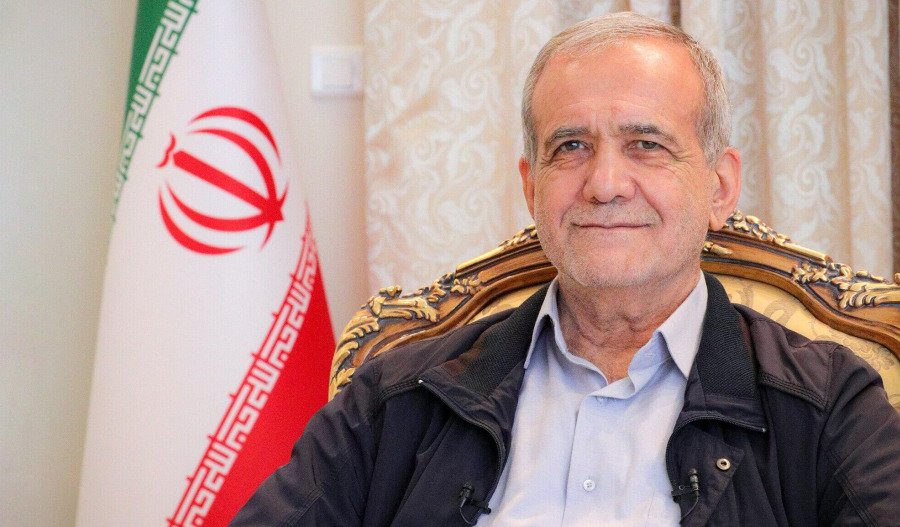Oil prices edged higher during Asian trade on Monday but remained weighed down by uncertainty surrounding United States-China trade negotiations and the prospect of an increase in Organisation of Petroleum Exporting Countries (OPEC+) supply.
By 2:55 pm AEST (4:55 am GMT), Brent crude futures had risen by $0.26 or 0.4% to US$67.13 per barrel, while U.S. West Texas Intermediate crude added $0.31 or 0.5% to $63.33 per barrel.
Some members of the Organisation of Petroleum Exporting Countries and its allies, collectively known as OPEC+, are expected to propose accelerating oil output hikes for a second straight month when they meet on 5 May.
ANZ analysts noted: "Kazakhstan's lack of adherence to agreed quotas appears to be the issue that has prompted this shift in strategy."
"The country’s Energy Minister, Erlan Akkenzhenov, rejected pressure to bring output into line with its quota, saying the nation is unable to make significant cuts and would prioritise national interests over OPEC+ obligations. The OPEC+ alliance is due to hold a video conference on 5 May to decide what to do with supply in June."
The oil market continues to grapple with conflicting signals from U.S. President Donald Trump and Beijing over trade negotiations progress.
Market sentiment was further dampened by reports from the International Monetary Fund and World Bank Spring Meetings, where many participants said the Trump administration remained divided over its trade demands.
Investors have also monitored the nuclear talks between Iran and the United States, which are ongoing in Oman. Iranian Foreign Minister Abbas Araqchi said he remained "extremely cautious" about the negotiations' success.
Added to geopolitical tensions, a powerful explosion at Iran's largest port, Bandar Abbas, killed at least 40 people and injured more than 1,000, according to state media reports on Sunday.



